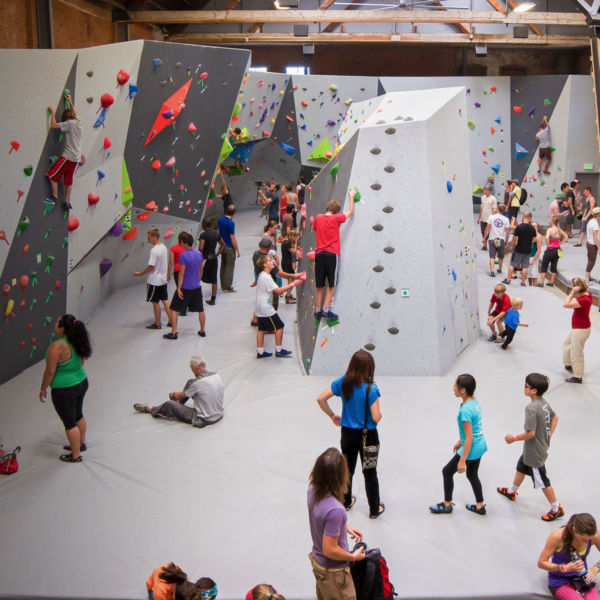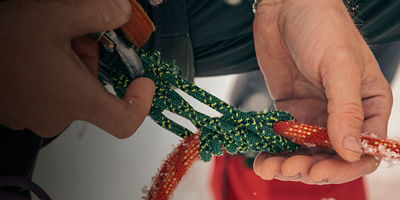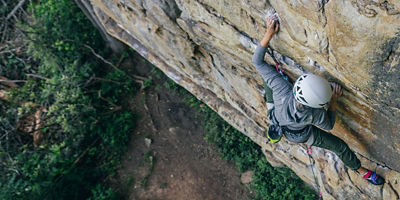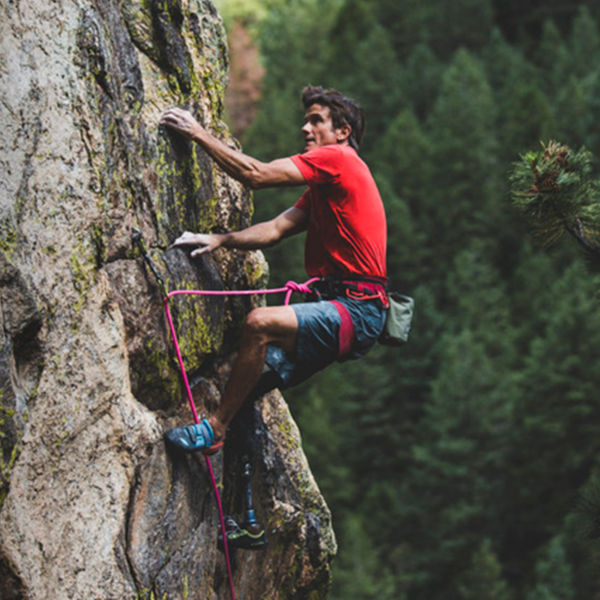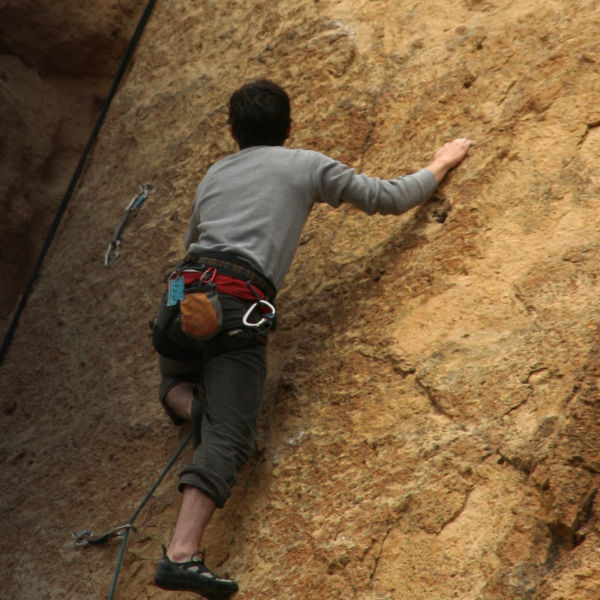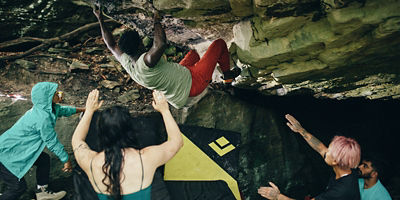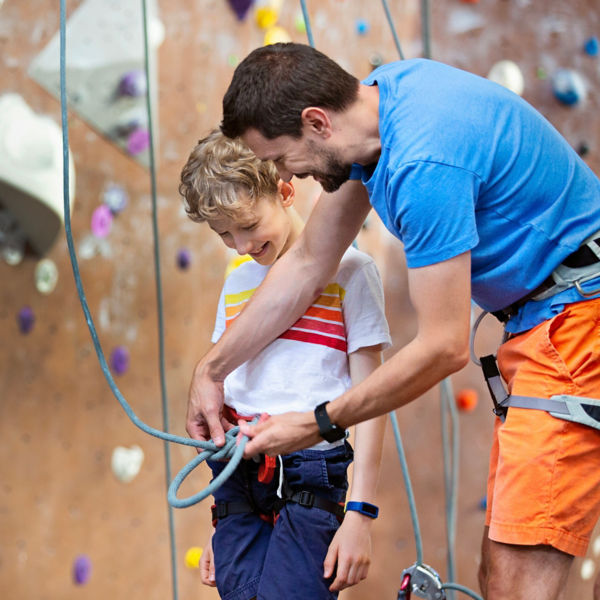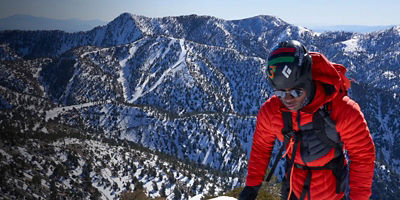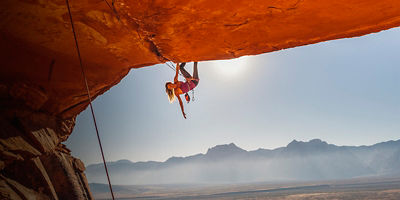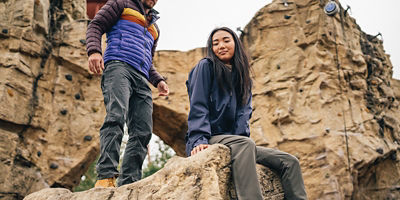
All the best aspects of bouldering, from the camaraderie to the pure freedom of movement, revolve around a single, crucial piece of gear: the crash pad. Bouldering crash pads are essentially rectangular slabs of dual-density foam designed to cushion falls. In combination with good spotters, pads allow you to concentrate on trying your hardest without worrying about getting hurt. They also form a focal point for friends to gather, work through moves together, and share stories on long summer afternoons.
As the centerpiece of your kit, crash pads are worth some careful consideration before you buy. Besides, when you find yourself slipping on a hard move 10 feet off the ground, you’ll want nothing but the best between you and the rocks below.
To help you choose the best bouldering crash pad for your needs, we’ll go over the following in this guide:
- Crash Pad Sizes
- Fold Designs
- Common Materials
- Features To Look For
- How To Choose the Best Bouldering Crash Pad
Crash Pad Sizes
Bouldering crash pads come in a variety of sizes, from small, three-foot-wide pads used to fill gaps between rocks, to gigantic, five-foot-wide pads used to cover big, flat surfaces. If your local bouldering area has rocky slopes and uneven landings, like Rocky Mountain National Park in Colorado, it can be good to have lots of small pads to smooth out those landing zones. If you’re headed somewhere with wide, flat landings, like Joe’s Valley in Utah, one big pad will likely do the trick. Medium-size pads split the difference and can work for a variety of applications. Small and medium-size pads are also lighter and easier to carry than big pads.
Pads also come in different thicknesses. Thin crash pads—anywhere from 1 to 3 inches—are easier to stack and stagger to achieve a more even landing. Thick crash pads—up to 5 inches thick—provide more cushion for longer falls, though the extra foam means they’re more expensive, too.
Many boulderers have a variety of pads for different locations and uses. When you’re starting out, it can be good to get one big pad (around 4 inches thick) as your main landing zone and one small pad (2 to 3 inches thick) that you can use to fill holes, cover the hinges of your big pad, or slide around as needed.
Fold Designs
Many medium-size pads are sometimes called hinge pads because they fold in half via a hinge, which is a narrow gap in the foam. Bigger pads, sometimes called tri-folds, have two of these hinges. The folding style makes these pads easy to carry and allows them to contour terrain, though landing on the hinge gap can be dangerous if there’s a rock underneath. (If you have a hinge pad, also get a small pad to lay over gaps.)
Some pads include full-thickness foam throughout to avoid that danger. These pads, sometimes called taco pads, are more difficult to fold in half for transport, but they can be a great choice for bouldering areas with rugged, rocky landings.
Some crash pads split the difference with an angle hinge or hybrid hinge that puzzle-pieces together to ensure there’s always foam underneath you. Baffled pads, made of rows of densely-packed fabric tubes, also provide fairly even cushioning while still being easier to fold than taco pads.
























